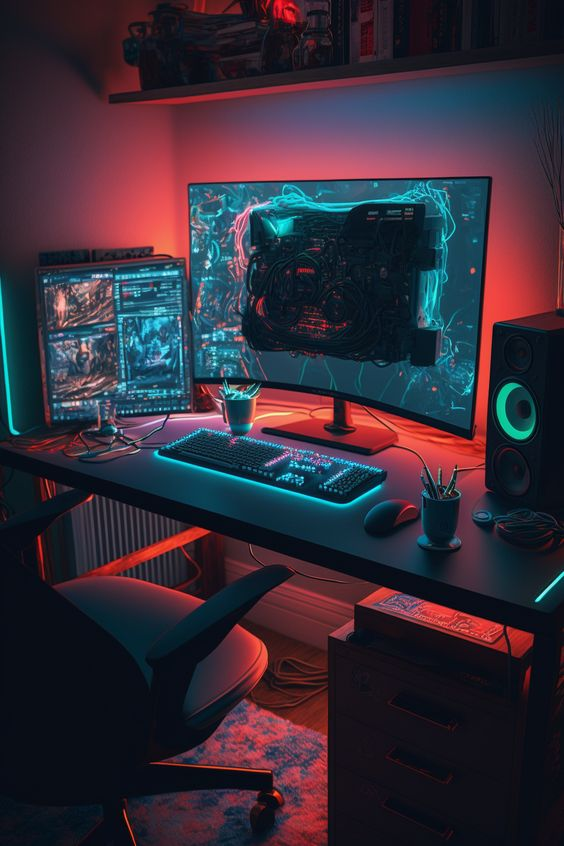Why Gaming Laptops Are Expensive
Gaming laptops are a coveted piece of tech among gamers and enthusiasts alike, offering the power to run graphically demanding games and perform resource-intensive tasks on the go. However, one glance at their price tags can leave potential buyers in shock. Why are gaming laptops so expensive? In this article, we'll explore the various factors that contribute to the high cost of gaming laptops.
The primary reason for the high cost of gaming laptops is the need for powerful hardware components. Gaming laptops require high-performance processors, dedicated graphics cards, ample RAM, and fast storage to handle the demands of modern games. These components, designed for maximum performance and efficiency, come at a premium.
- Dedicated Graphics Cards
One of the most significant expenses in a gaming laptop is the dedicated graphics card (GPU). Gaming laptops feature GPUs designed specifically for gaming and rendering complex graphics. These GPUs are often more expensive than their desktop counterparts due to their compact size and energy efficiency, making them crucial for gaming laptops but costly.
- Advanced Cooling Systems
To prevent overheating during extended gaming sessions, gaming laptops incorporate advanced cooling systems. These systems typically include multiple fans, heat pipes, and strategically placed vents to dissipate heat efficiently. Developing and implementing these cooling solutions adds to the overall cost.
Gaming laptops often come equipped with high-resolution displays, including Full HD (1920x1080) and even 4K (3840x2160) panels. These displays provide sharp visuals and an immersive gaming experience but are more expensive to manufacture and integrate.
- Refresh Rates and Response Times
For competitive gamers, high refresh rates and fast response times are essential. Gaming laptops with displays boasting refresh rates of 120Hz, 144Hz, or even 240Hz require specialized panels that can drive up the cost.
- Build Quality and Portability
Gaming laptops are built to withstand the rigors of travel and gaming on the go. They often feature sturdy chassis, premium materials, and ergonomic keyboard designs. These considerations for build quality and portability add to the overall expense.
- Customization and Brand
Certain gaming laptop brands offer customization options, allowing users to select specific hardware components to meet their preferences. While this customization is desirable, it can also increase the cost. Additionally, gaming laptops from well-known brands come with a premium associated with the brand's reputation for quality and reliability.
- Research and Development
Gaming laptops require significant research and development efforts to design and engineer components that meet the demands of gamers. This includes optimizing power consumption, heat management, and performance. These R&D costs contribute to the overall price.
- Gaming Features and Software
Gaming laptops often come with specialized features and software, such as customizable RGB lighting, dedicated gaming modes, and pre-installed gaming utilities. These additions enhance the gaming experience but can increase the cost.
- Import Tariffs and Taxes
Import tariffs and taxes can also play a role in the price of gaming laptops, as they vary from one region to another. These additional costs are often passed on to consumers.
Conclusion
While gaming laptops may seem expensive, their price tags reflect the investment in high-performance hardware, advanced technology, and specialized features required to meet the demands of modern gaming. Gaming laptops offer portability and the ability to game wherever you choose, but this convenience comes at a cost. As technology continues to advance, we can expect gaming laptops to become even more powerful and feature-rich, further justifying their price in the eyes of gamers and enthusiasts.



Comments
Post a Comment